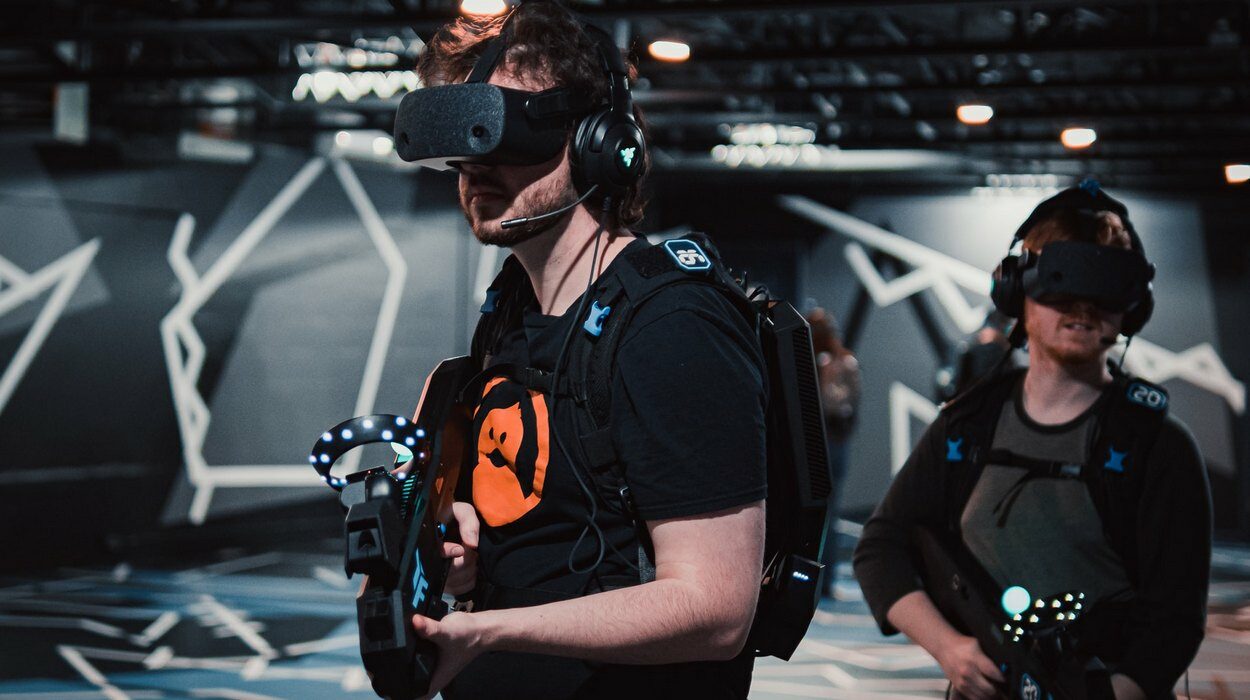The FPS criterion is used to evaluate the performance of gaming computers. What it is, what it depends on, and what values it is worth striving for, let’s consider in this article.
Frame Per Second – the concept from which the abbreviation FPS is formed, in translation means “frames per second”. Frames are images, which is realized by the graphics adapter at the command of the central processor.
The more frames are displayed per second, the smoother and more comfortable the gameplay is: the player immediately sees the changing game situation, reacts quickly and immediately gets the result of his actions on the monitor. Low FPS makes the game play intermittent, uneven, the characters lose smoothness of movement, and all the actions taken by the player are shown with a delay.
How is FPS determined?
The speed of changing images depends on the following factors:
The performance of the video card, namely the GPU frequency and the amount of video memory. The more powerful the device, the more images it is able to create in a time interval.
The power of the CPU, as the device that gives the graphics adapter commands to create images.
Video drivers, as programs that allow the full potential of the video card in a particular assembly.
Game class and graphics setup, which determines the complexity of images and their detail.
Also on the speed of recreating images affect, though to a lesser extent, the working temperature of the processor and graphics adapter, the speed of the network connection and even the version of the operating system. Thus, Windows 10 has a special game mode, which redistributes system resources with a priority on gaming applications. Although in some cases, its activation can bring the opposite effect.
What FPS is considered comfortable?
In fact, there is no unambiguous answer to this question. The situation changes significantly, depending on the quality, type and system requirements of the game. Also a determining factor is the demands of the player.
However, we can give general figures based on the reviews of players of different directions and categories:
30 FPS is considered the minimum for a comfortable game. This is the frame rate of many console games. However, it is difficult to achieve a real immersion in the game. This is prevented by the effect of cinematic, in which the picture is not smooth enough, and response to the manipulation of the player is delayed. Still, 30 FPS is enough to play single-player offline games.
- 40+ FPS is enough for casual arcade games like World of Tanks.
- 60 FPS is a figure that is considered a comfortable minimum. Gameplay becomes smooth and response latency is hardly annoying to the player.
- 60 – 100 FPS – these are the values at which most of the average users who are fond of AAA-class games play: first-person shooters, strategy, rhythm games, MOBA – multiplayer combat arenas.
- 120+ FPS is the score needed for team-based competitive shooters like Counter-Strike. This value is a pass to the major leagues.
- 200+ FPS – the lot of professional and enthusiastic cyber-sportsmen and enthusiasts who live games and strive for the highest FPS. For an average user, it is quite difficult to notice the difference between 120 FPS and 240 FPS.
When is high FPS not important?
The playback of the game is influenced not only by the power of the system, but also by the device displaying the image – the monitor, one of the main characteristics of which is the frequency.
Monitor’s frequency and FPS are the values that should be coordinated. And here’s why:
If the FPS is less than the frequency by half, then every frame created by the video card will be broadcast twice. As a result, gameplay will be less dynamic, but relatively even.
If FPS is twice the frequency of the monitor, the images created by the system will be shown through one, which can lead to delays and microfreezes when using old or Chinese monitors, because they have no feedback from the video card. In normal mode, getting information about the supported resolution, the video card itself can limit the image queue.
And the most common cases when the FPS and monitor frequency are different, but not a multiple. In this case, the monitor may randomly show some images by 1 – 2 times, and some abolish. The game becomes jerky, with lags and delays in control.
Therefore, if your gaming system is equipped with a budget monitor at 60-75 Hz, there is no point in chasing high FPS values. On the contrary, it is recommended to limit the system performance by enabling vertical sync – the technology that reduces FPS to the monitor frequency. The only exception is games based on spatial orientation with joysticks, steering wheels and other VR systems.







